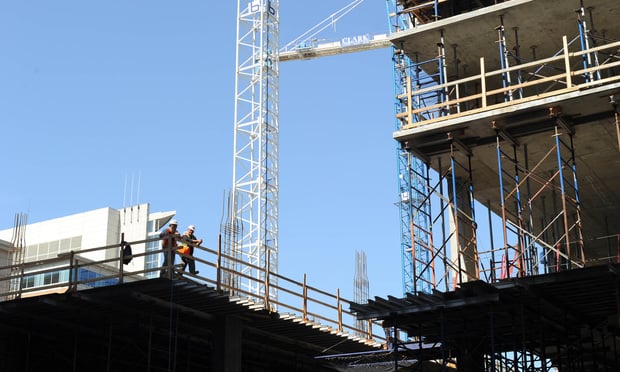As an increasing number of communities in New Jersey seekwalk-able, neighborhood-based development as an alternative tosprawl, it is vital to involve the public in every facet of theplanning process. To create the right redevelopment for acommunity, planners, developers, architects, engineers and electedofficials must solicit the public to help influence the process.Whether it's turning fading strip malls into vibrant mixed-useneighborhoods or reconnecting isolated neighborhoods to thesurrounding fabric, residents should have a hand in ensuring aproposed development fits their community.We know this is a far cryfrom “business as usual” in many New Jersey communities, wheredevelopers have historically created housing tracts and strip mallsby fighting for their rights under the state's land use laws ratherthan obtaining the necessary buy-in from the community. It hasresulted in an adversarial relationship between developers and hostcommunities, where often the judicial system must ultimately decideif a ubiquitous big-box store or run-of-the-mill condo developmentcan be constructed under the law. Often, an approval is met withcommunity backlash aimed at whoever is sitting in the mayor'soffice.
New Jersey municipalities should recognize that a strong workingpartnership with developers can enhance the final product,improving the local quality of life and the reputation of thecommunity. We embrace a community planning process known as a“charrette.” You may have heard of it, as some towns and developershave used the term loosely to describe a public meeting or somebasic form of community outreach.In reality, a charrette is muchmore. And it is finally coming to New Jersey.
Following the guidelines of the National Charrette Institute(NCI), we are preparing to spend $2 million engaging residents in aCentral Jersey community next year as part of the state's firstreal charrette. It will be an intensive, seven-day process nextspring, combining creative work sessions with public workshops andopen houses. It will be a collaborative planning process thatharnesses architects, planners, traffic experts, engineers, visualand lighting specialists, community outreach professionals andfiscal impact experts to develop a feasible plan that representswhat the people of the community want and need.
Continue Reading for Free
Register and gain access to:
- Breaking commercial real estate news and analysis, on-site and via our newsletters and custom alerts
- Educational webcasts, white papers, and ebooks from industry thought leaders
- Critical coverage of the property casualty insurance and financial advisory markets on our other ALM sites, PropertyCasualty360 and ThinkAdvisor
*May exclude premium content
Already have an account?
Sign In Now
© 2024 ALM Global, LLC, All Rights Reserved. Request academic re-use from www.copyright.com. All other uses, submit a request to [email protected]. For more information visit Asset & Logo Licensing.








